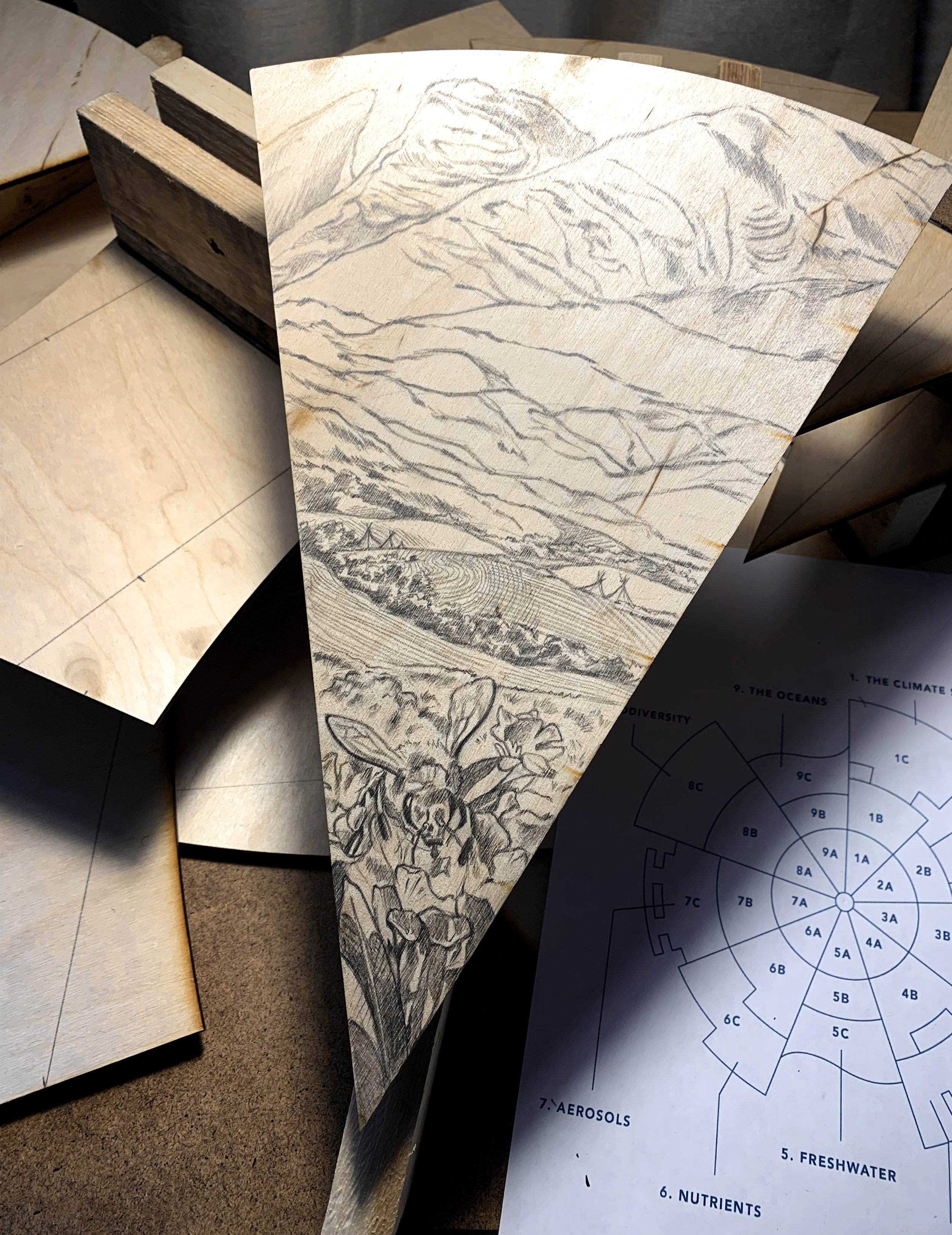
Envisioning Stories
THE ANATOMY OF AN
ILLUSTRATION
A Philosophy of Clarity
Each design element, from the composition to the smallest brushstrokes, should contribute to clarity.
Our design philosophy is to create visually striking imagery that never sacrifices detail, all in service of conveying impactful ideas. We believe clarity is essential, and the best way to communicate our message is through realistic representations, rather than the ambiguity of minimalism or abstraction.
What is Illustration?
Illustration is a visual representation created to clarify, explain, or enhance a concept, idea, or narrative. Hence, Estick Art chose illustration as our ideal medium of expression, aligning with our philosophy of clarity and acknowledging the challenges of discerning truth in today's world.

The Origins of
Illustration
Illustration began in ancient times with cave paintings and drawings, used by early humans to communicate stories and convey important information visually. It continued to develop in the Middle Ages, where illustrations played a key role in illuminated manuscripts, adding rich, symbolic imagery to religious texts.

The Advent of
Printing
In the Renaissance, the rise of printmaking revolutionized illustration, with artists like Albrecht Dürer, Hans Holbein, and Andrea Mantegna creating intricate woodcuts and engravings that combined technical precision with artistic expression. Their works helped popularize illustration as a form of mass communication, making detailed visual storytelling widely accessible through printed books, religious texts, and scientific studies.

Commerical
Illustration
In the 19th century, the advent of lithography and other advanced printing techniques revolutionized illustration, allowing for mass production of detailed images in books, magazines, and advertisements. This period also saw the rise of illustrated children's literature and the golden age of editorial illustration, with artists like Gustave Doré and John Tenniel gaining prominence for their visually rich works.

Illustrative
Storytelling
In the 20th century, illustrators like Norman Rockwell and N.C. Wyeth became iconic for their detailed, narrative-driven works in magazines, books, and advertisements, blended fine art with popular culture. Meanwhile, artists like Hergé, creator of *Tintin*, and Will Eisner, a pioneer in graphic novels, pushed the boundaries of visual storytelling through sequential art and comics.

Illustration c.2020
Today, the boundaries between classical illustration, painting, graphic design, and even sculpture have become somewhat blurred, yet illustration continues to serve as a beacon of clarity. At Estick Art, we revive those classical techniques, particularly of the romantics, reinterpreting them in a modern context.


